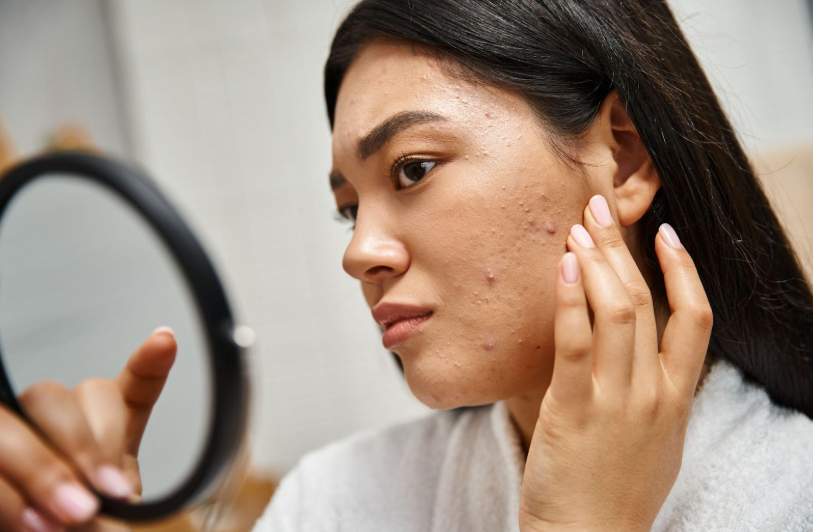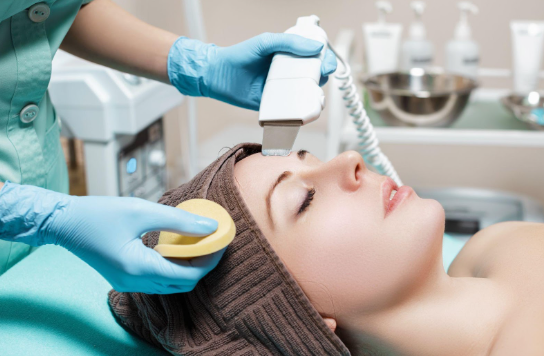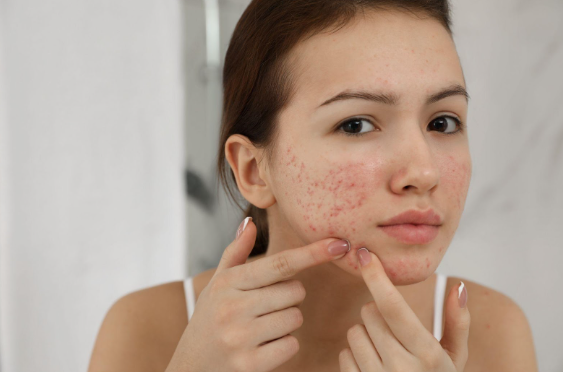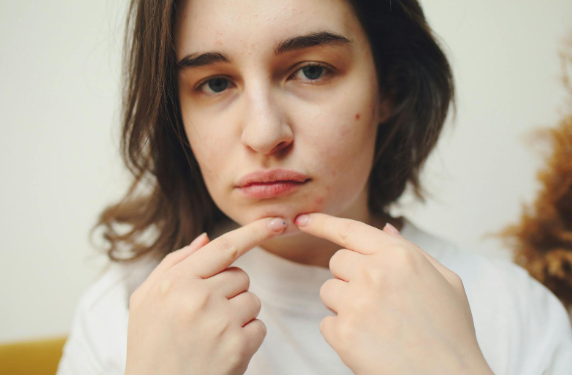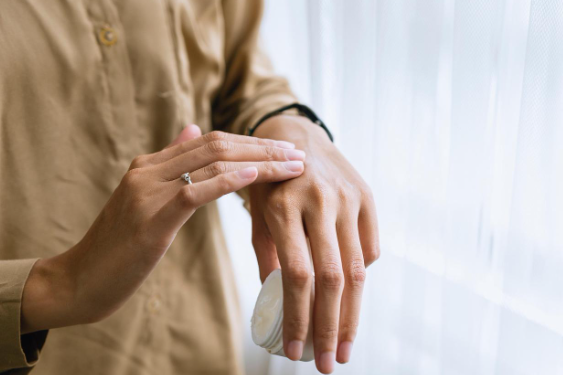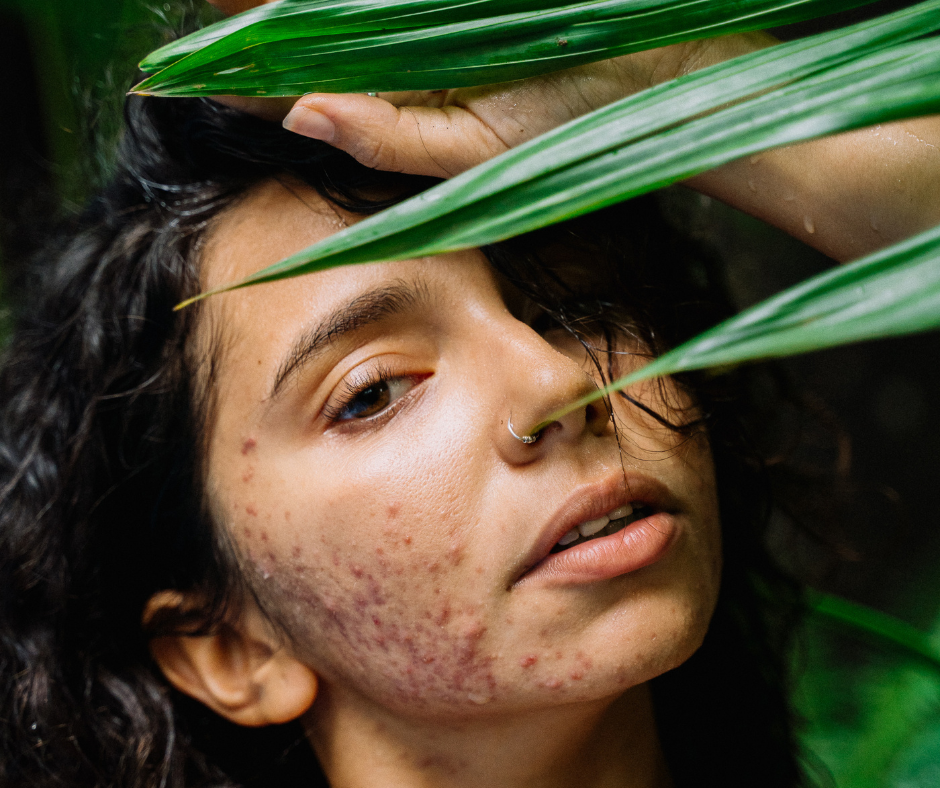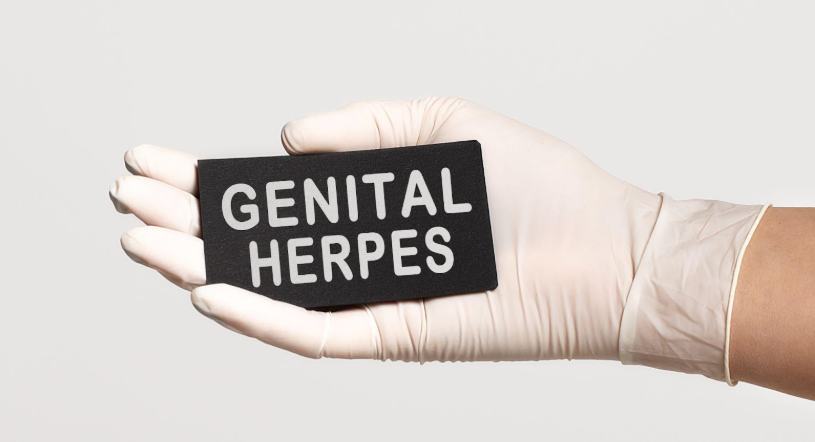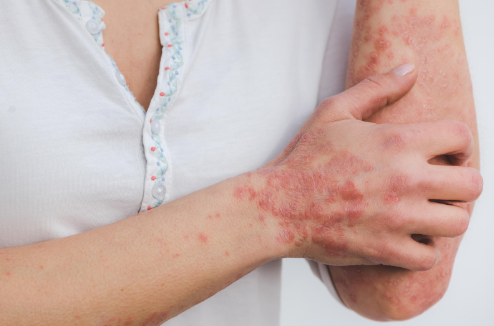Pine Belt Dermatology & Skin Cancer Center specializes in all things skin, hair, and nails and that includes fungal infections exhibited in the above listed areas. Fungal infections, also called tinea, of the skin or nails is more common than most people realize. This blog will be a brief over view of fungal infections that we see at Pine Belt Dermatology, and what can be done to prevent or relieve these conditions.
Fungal infections of the skin are contagious and should not be taken lightly because they can quickly spread. Common fungal infections are caused by yeasts. Sometimes individuals can get a fungal infection from direct contact with an infected person. A fungal infection can also be picked up by touching an infected pet, or from picking up an item that is contaminated with the fungus. Fungi thrive in warm, moist areas and these areas/items can include combs, shower surfaces, shoes, or pool areas.
Poor hygiene and prolonged wet skin significantly increase the risk of developing a fungal infection of the skin.
For the most people who contract skin fungal disease, the infection is generally mild. If a person has a medical condition that suppresses the immune system such as HIV, AIDS, or cancer, a fungal infection can be serious.
Common Types of Fungal Infections:
- Tinea Pedis (Athlete’s Foot) – this is a very common fungal infection that only affects humans. This fungus is spread by direct contact and most people contract it by walking barefoot in a public place such as a locker room or pool area. Athlete’s foot begins between the toes and it can spread if left untreated. It is here that the skin peels, cracks, and scales. Itching is common with this fungus. Athlete’s foot can spread to the soles of the feet as well. Here, along with the sides of the feet, the skin can exhibit redness, scaling, and drying of the skin. Some individuals will experience a small patch of intensely itching blisters on the soles of their feet. In some instances, these conditions can be mistaken for other skin conditions such as contact dermatitis or psoriasis and so it is vital that a correct diagnosis is made. In other instances, the above conditions can be initially misdiagnosed as athlete’s foot. Using an over-the-counter anti-fungal treatment on a rash that is not athlete’s foot can actually make the condition worse! A provider at Pine Belt Dermatology & Skin Cancer Center can correctly diagnose the condition and prescribe the right medications. For mild cases of athlete’s foot, anti-fungal creams are effective and can relieve symptoms such as burning and itching. When the fungal infection is much more severe, a visit to Pine Belt Dermatology & Skin Cancer Center is the best solution. Our providers can prescribe anti-fungal pills. As stated above, hygiene plays an important role in preventing these fungal skin infections. Athlete’s foot is curable, but it can come back if individuals are not careful. The following can help prevent another:
- Do not walk barefoot in public places such as gyms, shower areas, and hotel rooms.
- Wear shower sandals when walking in public areas such as locker rooms and pools. Shower sandals can protect your feet when showering in a hotel or locker room.
- Avoid tight footwear, especially in the summer. Sandals and flip-flops are the best warm weather footwear. Enclosed shoes made of leather or plastic do not allow the foot to “breathe”.
- Do not wear anyone else’s shoes.
- Wash feet daily with soap and be sure to let them dry thoroughly.
- When wearing enclosed shoes, wear cotton or synthetic sweat socks to absorb perspiration. Change the socks daily or more frequently if they become damp.
- Sprinkle an anti-fungal powder on feet and in shoes.
- Onychomycosis, Tinea Unguium (Nail Fungus) – toenail infection is usually associated with tinea pedis (athlete’s foot) and is very difficult to get rid of. The big toes I typically the first to show signs of fungal infection, especially if it has been injured. The nail yellows, thickens, and then breaks easily. Fingernail infections are similar, but not nearly as common. Because nail fungus can be tough to treat, sometimes oral medications may be necessary.
- Tinea Cruris (Jock Itch) – jock itch is a rash that develops in the groin area and affects both men and women. Individuals who tend to sweat a lot may be more susceptible to jock itch. The rash is extremely itchy, has a red boarder, and can spread. Over-the-counter creams can help, but often times a prescription cream from one of our providers may work faster and require fewer applications. It is a good idea if you have a rash of any sort in the groin area that you schedule a visit with us. It is important to get the proper diagnosis of the rash.
- Tinea Corporis (Ringworm) – ringworm is a contagious fungal infection that is spread three ways: person to person, contact with an infected animal, or from soil that contains the fungus. Ringworm appears on the skin as an itchy, red, scaly patch that is ring shaped. This kind of tinea is treated with appropriate oral anti-fungal medication.
- Tinea Capitis (Scalp Ringworm) – scalp ringworm primarily occurs in children and results in scaling and patchy hair loss. With the right treatment (nearly always requires oral medications) the hair will grow back normally and will not be permanent.
Fungi are everywhere. Fungal diseases are often caused by fungi that are common in the environment. Fungi live outdoors in soil and on plants and trees as well as on many indoor surfaces and on human skin. Many residents of Mississippi are outdoorsmen and so it is important to practice proper hygiene and to seek care when skin conditions last more than a few days. As stated above, these fungal infections can be treated with significant ease when the proper diagnosis is made. The great news is that we are available in five locations (Hattiesburg, Petal, Ellisville, Columbia, and Collins) and online, so we are easy to get a hold of when you need treatment for a fungal skin infection.

